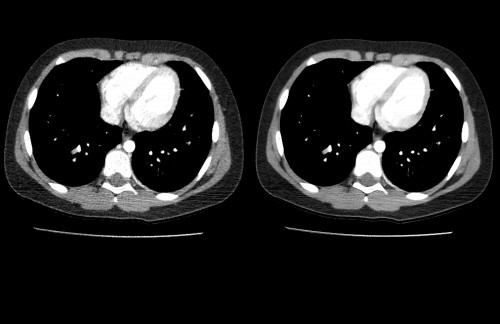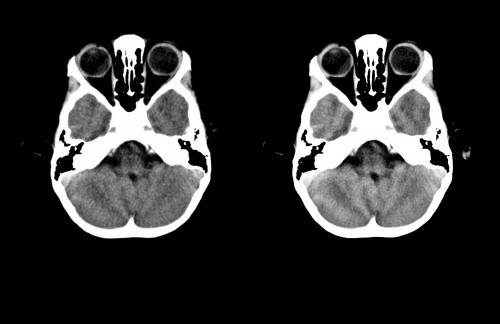Comprehensive Dose Strategy for CT Solutions
Sapheneia has compiled the most Comprehensive Dose Strategy (CDS) for all of your CT needs. It is Sapheneia’s goal to provide you with the highest quality and cost effective solutions that improve and extend the life of your existing equipment. The following Six Step Process is standard for ClearCT, Cleat CT Lung, Clear CT Pediatric and Clarity CT.
Step One: Install Scannerside Cloud Based Cumulative Dose Tracking System
Step Two: Optimize CT Parameter Settings
Step Three: Install Sapheneia Low Dose Software with Custom Tuned Protocols
Step Four: Dose Card Print Outs - Patient Marketing Plan
Step Five: Hospital and Imaging Center Awareness - Clinic Marketing Plan
Step Six: On-going Compliance and Feedback
Case Study: Diagnostic Health
Case Study: Watson Clinic Radiology
Case Study: Washington Hospital Center
Sapheneia Clarity Algorithm for CT Dose Reduction
Sapheneia uses the proprietary Clarity algorithm featuring an iterative adaptive filtering technique in image space. The Clarity algorithm reconstructs an optimized CT volume from any (low quality) input volume.
Clarity decomposes the data into a rich feature space representation based on scale, tissue and frequency. After analysis of the various parts and selective enhancement, an optimized data volume is reconstructed. The iteration is initialized and controlled using the image data which ensures that the spatial coherence is kept during the entire process.
Clarity employs a sophisticated statistical analysis of the image structure in the three-dimensional neighborhood of each pixel. Using iterative robust estimation methods, the dominant structures are separated from the embedded noise.
However, it’s not always the noise that determines the image quality. In some cases higher noise is appreciated when it comes to higher contrast. The Clarity filters are adapted to work best with any acquisition protocol.
The Sapheneia Clarity algorithm maintains / improves image quality at significantly reduced dose levels.
“Clarity reduces the dose delivered on all CT exams, in some cases by as much as 75%, without impacting the diagnosis.”
James S. Jelinek, MD
Chairman of Radiology
Washington Hospital Center


